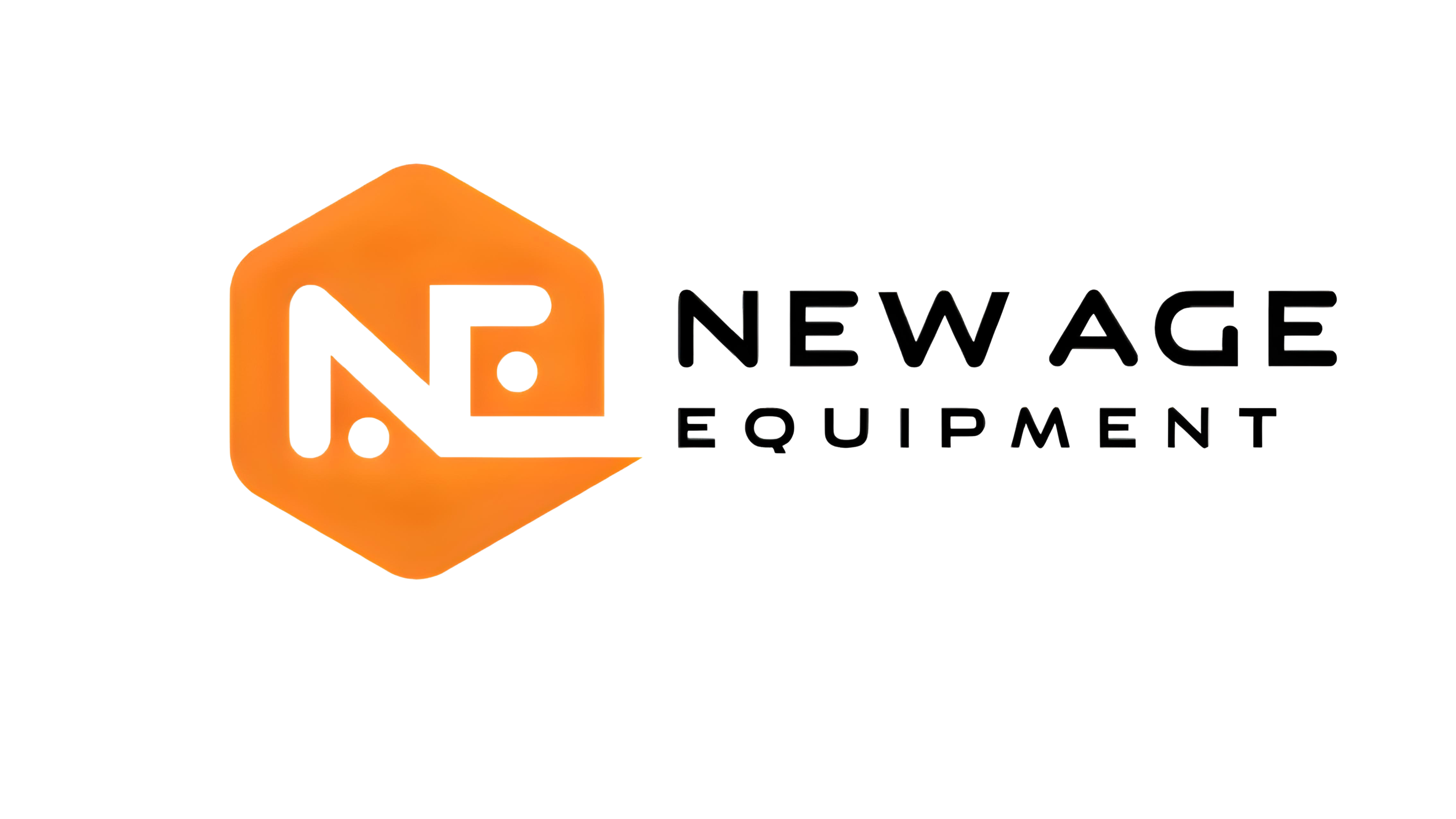Cadillac Tax: What You Need to Know Now
 Here is a recent article from Tax Pro Today……
Here is a recent article from Tax Pro Today……
The Cadillac tax is a 40 percent excise tax on “high cost” health plans set in place by the Affordable Care Act. However, despite the familiarity of the term, the details surrounding the Cadillac tax can be complicated and confusing, according to Brad Knox, vice president of federal relations at Aflac.
“Employers, especially those running small businesses, have many questions. For starters, who is responsible for the Cadillac tax?” he asked.
“For businesses that are fully insured, meaning the insurance provider assumes the coverage risk and sets the premiums, the insurance provid
e
r—not the employer or employee—will be responsible for paying the tax,” Knox said.
“But if an employer is self-insured, meaning the employer retains its coverage risk, or if account-based benefits are offered through a flexible spending account, a health savings account or an Archer medical savings account, the employer or the plan administrator will generally be responsible for paying the tax,” he said. “And if employers have both types of arrangements, the responsibility for paying any tax will be proportional, based on the value of the various coverages or account-based plan benefits offered.”
All businesses providing excess benefits to employees can expect to be taxed, Knox cautioned. “The 40 percent tax will be applied to the value of an employer’s plan that exceeds certain thresholds,” he explained. “The thresholds are currently set to $10,200 for individual coverage and $27,500
for coverage other than individuals, but these limits will be increased for inflation and change before the tax is finally implemented in 2020.”
Voluntary insurance products generally do not count toward the Cadillac tax calculation, Knox noted. “But oddly, specified disease and hospital indemnity policies are included in the calculation, but only if they’re paid for with pretax dollars, such as through a cafeteria plan or with excludable emp
loyer contributions,” he said. “In other words, as long as an employer offers these two products after tax, they don’t count toward the tax calculation.”
That raises the question as to whether employers should move their pretax voluntary insurance products to after tax. “It’s important to
understand that employers and their workers receive significant tax advantages for retaining pretax voluntary products,” said Knox. “Only employers with benefit plans that are considered to be high cost should contemplate after-tax strategies. Most voluntary insurance benefits won’t trigger the Cadillac tax, regardless of whether they’re offered before or after taxes. And there is no reason for employers to make any changes to their voluntary benefits offerings at this point, since implementation of the tax is several years away.”
“The bottom line is that the anticipation of the Cadillac tax may have made it seem scarier than it really is,” Knox suggested. “Considering that the implementation of the tax is several years away and regulations will likely evolve, employers can wait before making changes to the benefits they make available to employees. With the cost of health care continuing to rise and employees sharing more of the burden, the coverage that voluntary insurance provides is more important than ever before.”
You can contact us in Dayton at 937-436-3133 and in Xenia at 937-372-3504. Or visit our website.













